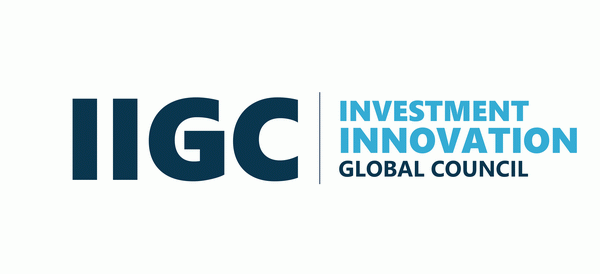|
outline of the speech (for more speech info,please feel free to contact us):
Space Applications Serving Society
Satellite Applications Benefits
Space technology has advanced rapidly in recent years
Accessible geospatial information to citizens for their economic activity, sustainable development, environment & disaster risk reduction
Some Examples
–Economic Activity
–Sustainable Development
–Environment
–Disaster Risk Reduction
Commercialization of Satellite Applications
Security and Civil Protection
Security and civil protection are global issues requiring significant human and economic resources.
Satellite assets, including navigation, communication and Earth observation have the potential for providing both economic and social benefit.
End users involved:
–police,
–ambulance and fire response teams,
–coast-guard agencies and inter-government agencies
–government informing in issues as licensing and standards for cross-border systems.
Disaster Management: Information Support
Satellite Services for Telecommunications
An example of a total integrated solution – Aratos Disaster Control
Natural Resources Management, Energy and Climate
Satellite-based services are related to the effects of global climate change on our rural and urban environment, and on the management of the global natural resources, including agriculture, water and energy.
Although initially mainly Earth observation-centric, both telecommunications services and positioning information are relevant and are being used.
Both energy and water require a knowledge infrastructure, where satellites play a key role in the provision of accurate information (mapping) as well as resilient and reliable communication, enabling every element of the world’s energy and water resource systems to operate at greatest effectiveness.
Transport
Transport is already an important sector for the satellite domain
–Transport represents 14% of global satellite communications revenues. The transport component of the market is expected to double from 2009 to 2019.
–From a navigation perspective, transport is expected to comprise approximately 55% of cumulative GNSS revenues from 2010-2020 (54% Road, 1.0% Maritime and 0.5% aviation).
–Transport also has opportunities for EO, but these are significantly smaller and not addressed separately in most EO market reports.
Fields of applications:
–Maritime (Security, Navigation, Weather forecast)
–Railways
–Cooperative Vehicles
–Fleet Management
Internet of things
It is widely recognized that the next stage in the evolution of the internet is to progressively evolve to a network of interconnected objects (such as machines, vehicles, electric devices).
The Internet of Things (IoT) will involve interaction, communication and exchange of data and information between objects and with the environment to support decision making. |







